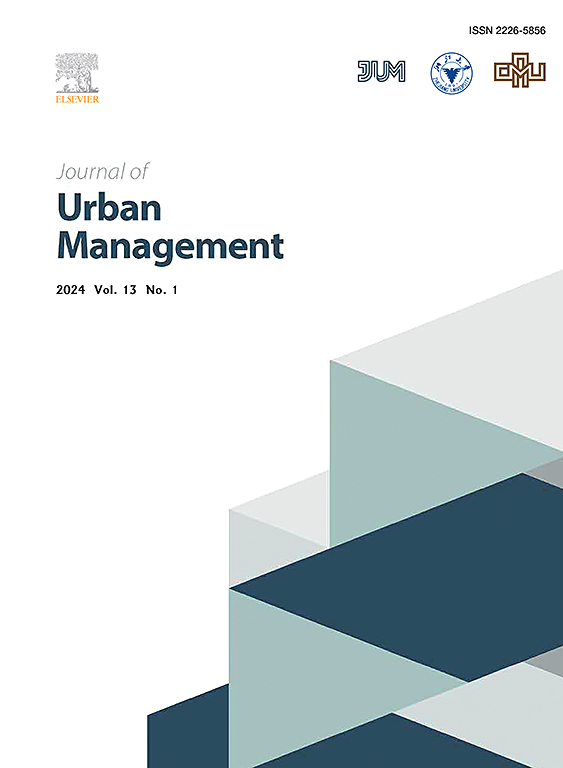Socio-spatial features of neighbourhoods supporting social interaction between locals and migrants in peri-urban China
IF 5
2区 社会学
Q1 URBAN STUDIES
引用次数: 0
Abstract
Western literature shows evidence of a positive relationship between socio-spatial features of neighbourhoods and social interaction. However, there is little research exploring this relationship in the Chinese context, particularly between locals and migrants in peri-urban China where significant housing is being created. This paper studies the socio-spatial features of neighbourhoods in supporting social interaction between locals and migrants across different neighbourhood types in the peri-urban areas in Guangzhou. In this research, data were collected using door-to-door questionnaires and site surveys in 9 peri-urban neighbourhoods in Guangzhou. The nature and strength of relationships between socio-spatial features of neighbourhoods and social interaction were examined through statistical analysis. The results of this study suggest that the level of maintenance and accessibility can help improve social interaction for locals and migrants living together in villages, redeveloped villages, and commodity housing. Neighbourhood boundaries and quality of neighbourhoods were found to be positively related to social interaction for locals and migrants in redeveloped villages only. In addition, the perceived character of the neighbourhood can positively impact social interaction for locals in villages only. This study demonstrates that high-quality neighbourhoods can improve social interaction between migrants and locals in peri-urban villages, commodity housing, and redeveloped villages in China. The study provides a guide for neighbourhood designers, urban planners, and property managers in peri-urban China regarding how to create a neighbourhood supporting social interaction between locals and migrants in villages, redeveloped villages and commodity housing respectively.
中国近郊区支持当地人与移民之间社会互动的邻里社会空间特征
西方文献表明,街区的社会空间特征与社会交往之间存在着积极的关系。然而,很少有研究在中国的背景下探讨这种关系,特别是在中国正在建造大量住房的城市周边地区,本地人和移民之间的关系。本文研究了广州近郊区不同邻里类型的社会空间特征在支持本地人和外来人口之间社会互动方面的作用。本研究通过对广州 9 个近郊社区进行逐户问卷调查和现场调查来收集数据。通过统计分析,研究了街区的社会空间特征与社会互动之间关系的性质和强度。研究结果表明,维护水平和可达性有助于改善居住在城中村、重建村和商品房中的本地人和外来人口的社会交往。研究发现,邻里边界和邻里质量仅与重建村庄中当地人和移民的社会交往呈正相关。此外,仅在村庄中,邻里的感知特征会对当地人的社会交往产生积极影响。本研究表明,高质量的邻里关系可以改善中国城郊村、商品房和重建村中移民和当地人之间的社会交往。本研究为中国近郊区的邻里设计者、城市规划者和物业管理人员提供了指导,帮助他们了解如何分别在城中村、重建村和商品房中创建支持本地人和外来人口社会交往的邻里。
本文章由计算机程序翻译,如有差异,请以英文原文为准。
求助全文
约1分钟内获得全文
求助全文
来源期刊

Journal of Urban Management
URBAN STUDIES-
CiteScore
9.50
自引率
4.90%
发文量
45
审稿时长
65 days
期刊介绍:
Journal of Urban Management (JUM) is the Official Journal of Zhejiang University and the Chinese Association of Urban Management, an international, peer-reviewed open access journal covering planning, administering, regulating, and governing urban complexity.
JUM has its two-fold aims set to integrate the studies across fields in urban planning and management, as well as to provide a more holistic perspective on problem solving.
1) Explore innovative management skills for taming thorny problems that arise with global urbanization
2) Provide a platform to deal with urban affairs whose solutions must be looked at from an interdisciplinary perspective.
 求助内容:
求助内容: 应助结果提醒方式:
应助结果提醒方式:


